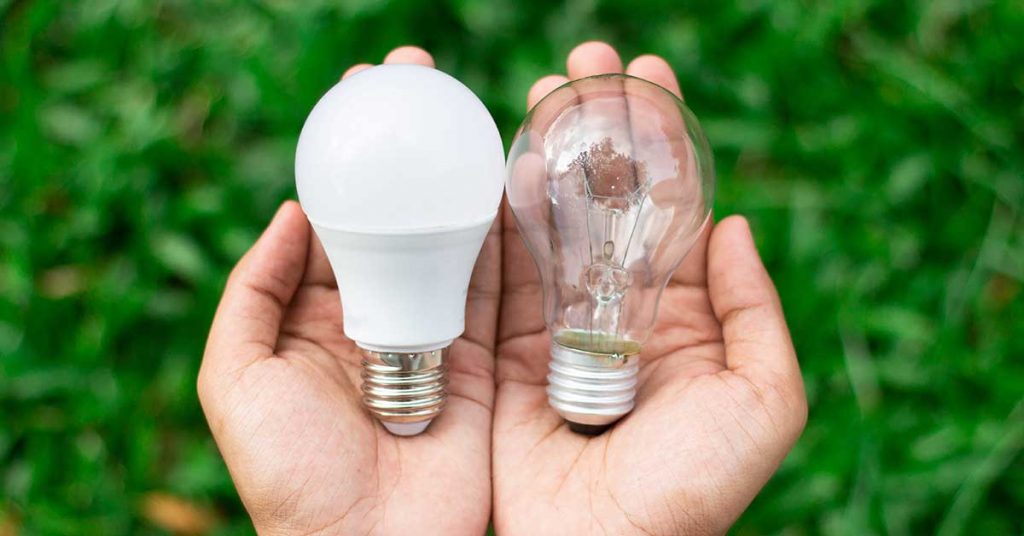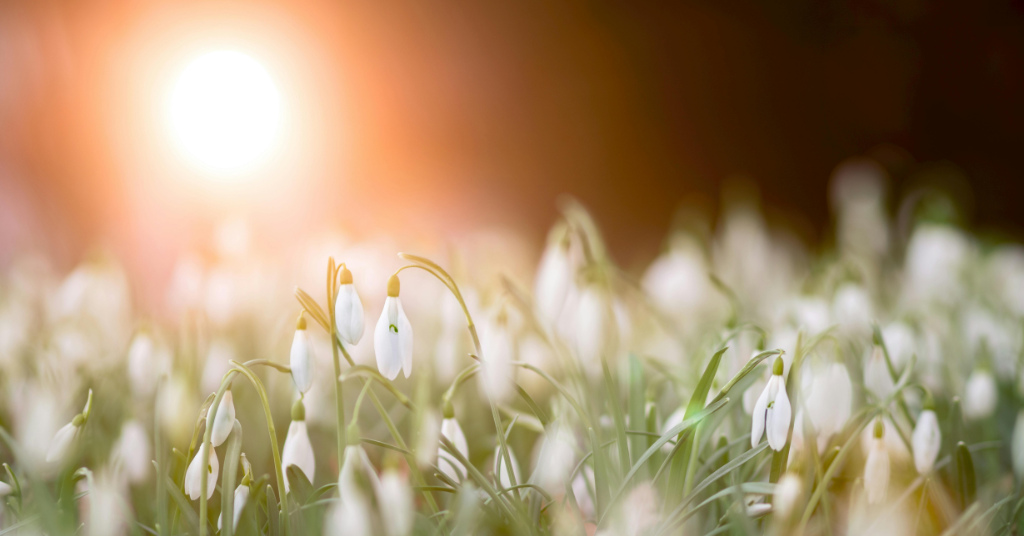Light-emitting diodes (LEDs) are solid-state devices that convert electricity into light. Because they employ “cold” light generation technology, in which most of the energy is delivered in the visible spectrum, LED bulbs don’t waste energy in the form of non-light producing heat.
With traditional lightbulbs most of the energy is in the infrared (or non-visible) portion of the spectrum, that is why they produce plenty of heat – and consume so much energy that they basically waste.
In a LED you’ll usually find an epoxy shell with a diode in a reflector cup kept in place by a mild steel lead frame connected to a pair of electrical wires. When current flows across the two different materials, light is produced from within the solid crystal chip.
The shape, or width, of the emitted light beam is determined by a variety of factors: the size of the LED chip itself, the shape of the reflector cup and of the lens and the distance between the chip and the lens. The composition of the materials determines the wavelength and colour of light (LEDs now cover the entire light spectrum, from red to blue and white).
Price is also a key point when it comes to comparison, and LED lighting can save you plenty: replacing one 60-watt incandescent light bulb with an LED product saves you 16 euros a year, while replacing a 45-watt halogen bulb yields a saving of 11 euros.
This winter will probably be a turning point in Europe in terms of energy consumption and consciousness, hence we might get closer to the Fit for 55 goals than we planned, especially if we’re ready to save where it makes the most: lighting.




